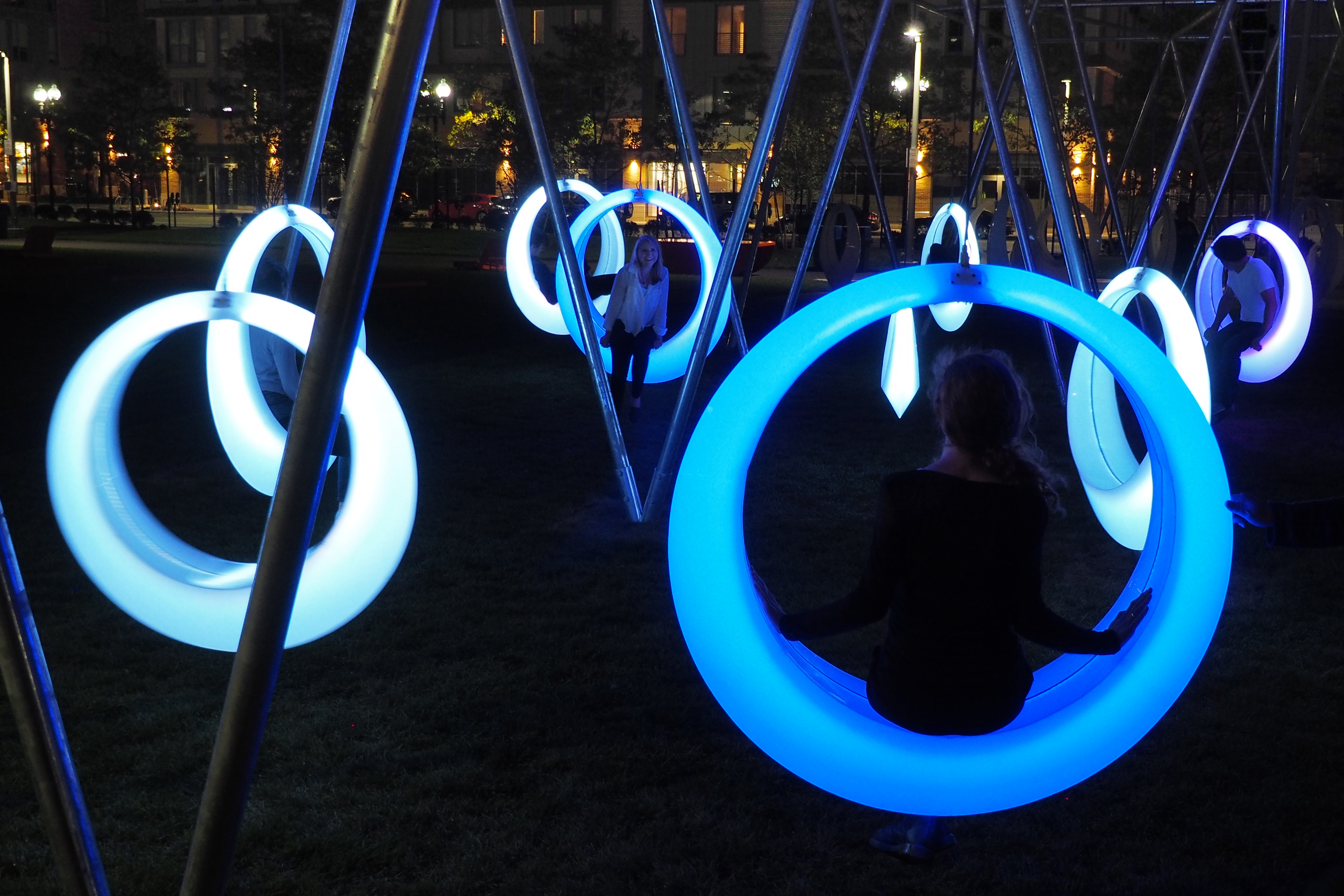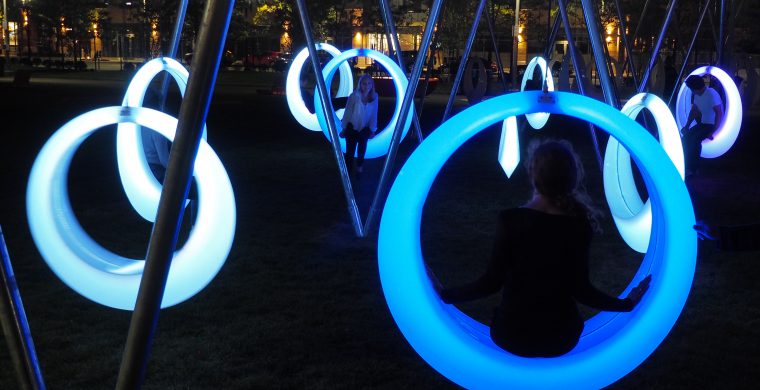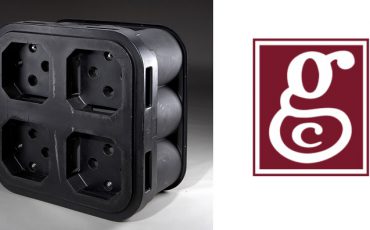
Learn about blind holes, through holes, and undercut holes for rotational molding design.
Rotational molding produces strong, hollow plastic parts. Sometimes, holes or vents are required to equalize the pressure on the part’s inner and outer walls during the heating and cooling of the mold. Spherical or ball-shaped parts can be produced without vents since the shape of the part resists contraction caused by cooling. Parts with large, flat, unsupported surfaces require proper venting to minimize warpage.
According to the Introductory Guide to Designing Rotationally Molded Plastic Parts, a publication from the Association of Rotational Molders (ARM) that features numerous images of rotomolded parts from Gregstrom Corporation, there are some best practices to consider when designing vent holes. Part designers should also consider the differences between blind holes, through holes, and undercut holes. The following sections explain.
Blind Holes
Rotational molding supports blind holes that project into the plastic part. Outwardly-projecting blind holes are not recommended because the plastic will not flow down into the restricted walls around the core pin that forms the blind hole. With inwardly-projecting blind holes, keep the hole-depth as small as possible for best results. This will minimize problems associated with inadequate heating at the tip of the core pin.
Through Holes
Rotational molding also supports through holes or bosses that are outwardly-projecting. These holes can be produced by over-designing the projection and cutting-off the tip after molding. As a rule, the outside diameter of an outwardly-projecting through hole must be a minimum of six times the nominal wall thickness. The inside diameters of these holes are more difficult to control since they are free-formed instead of molded over the core pin.
Undercut Holes
Unlike blind holes and through holes, undercut holes are not perpendicular to the parting line of the mold. Rather, undercut holes have an axis that’s parallel to the mold’s parting line. To produce undercut holes, side-acting molds or removable inserts can be used. Another way to produce large openings in rotomolded parts is to mold two parts as one piece and then cut them apart after molding.
Rotational Molding from Gregstrom
Do you have questions about blind holes, through holes, undercut holes or other aspects of rotational molding design? Would you like to learn more about rotational molding’s advantages over injection molding and other manufacturing processes for plastic parts? Maybe you’re interested in rotational molding materials or the different types of molds instead. For more information, contact Gregstrom.



